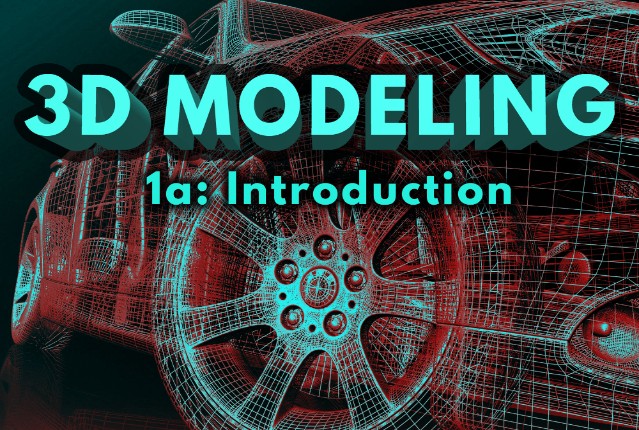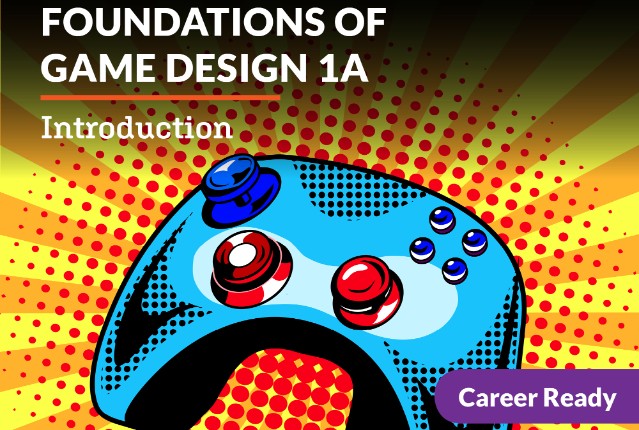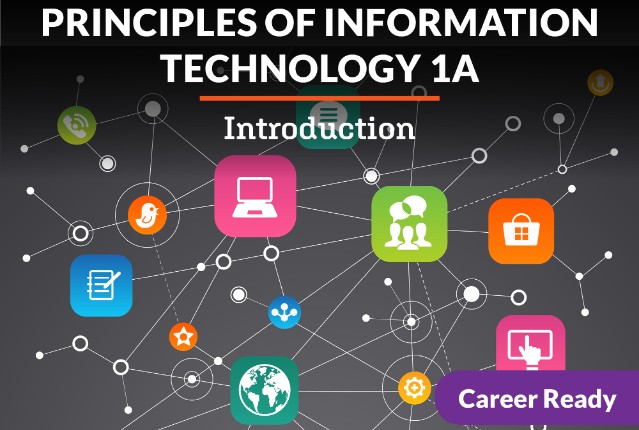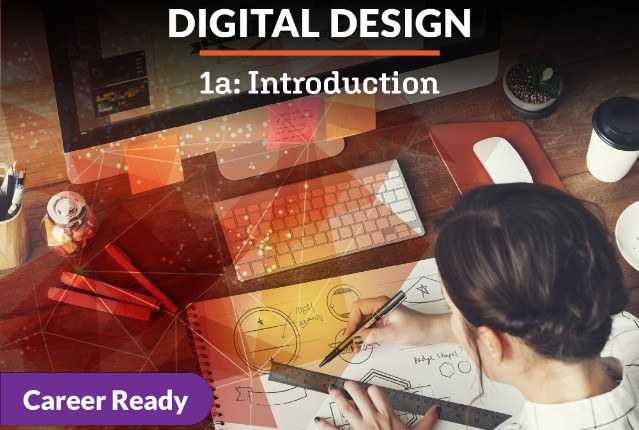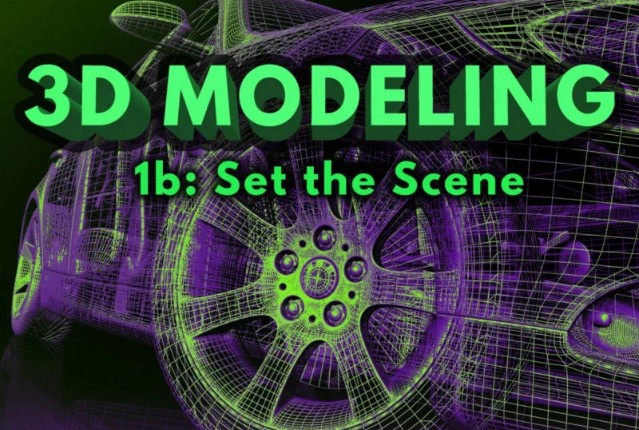
3D Modeling 1b: Set the Scene
Many buildings that are rendered in the real world first are constructed in a digital 3D world that depicts the aesthetics, environment, and conditions of what will come to be. In this course, you will be introduced to the tools and techniques needed to create works of 3D art. You will bring your objects to life with color, textures, lighting, and shadow all while simulating the movement of world around. Are you ready to bring beautiful objects to life in a 3D world? Let’s get started today!
Review course outlineAccess for a year
USD 299.00*
* Choose more courses to get a discount
